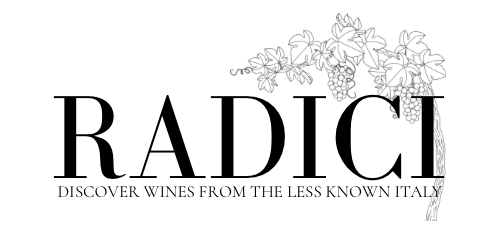Wine in Valle D’Aosta
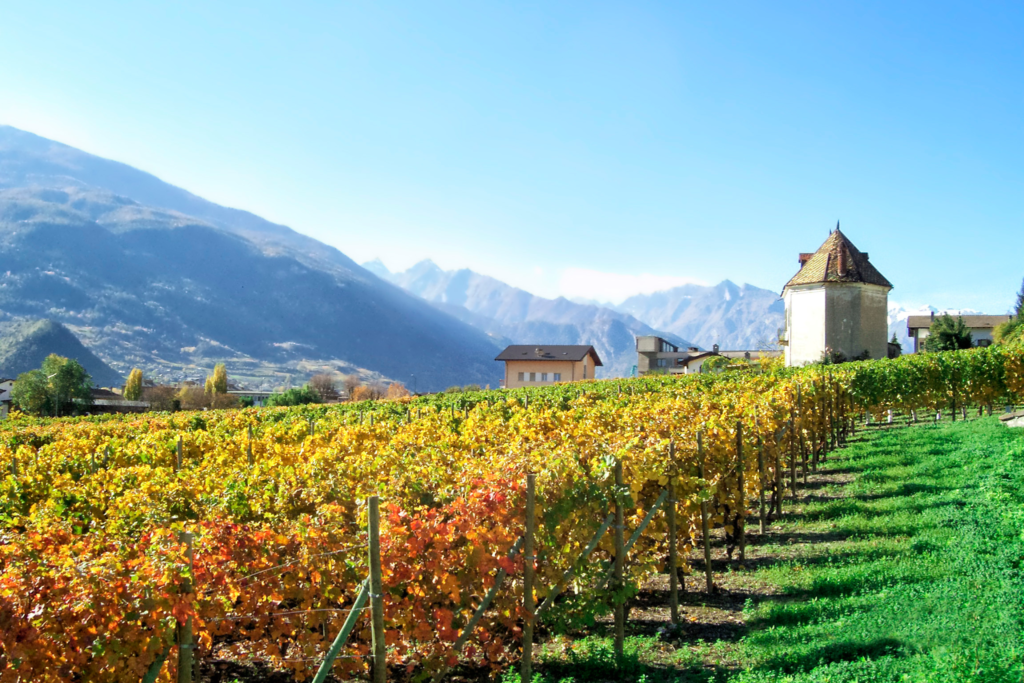
The Aosta Valley, with its 3000 km2, is a small region, also from the point of view of wine. The valley, formed by the Dora Baltea, winds from west to east and is surrounded by the highest mountains in Europe, on which stands the Mont Blanc (4950 m). Here the climate varies considerably depending on the altitude, with a height difference of over 4000m between the area of the Lower Valley and the highest peaks. It is intense cold during the winter season, subject to frequent spring frosts and very high temperatures during the summer. The orographic right of the Central Valley, is called Envers, is exposed to the north and characterized by the presence of woods. The orographic left, called Adret, facing south, is cultivated with vineyards and orchards. The vineyards are mainly composed of granites in the Morgex area. In Arnad-Montjovet and Donnas they have a very low thickness, which often exposes the mother rock, and are instead predominantly sandy-clay. The diversification between the various wine-growing areas of the Central Valley is remarkable, and are generally the most suitable for the cultivation of white berried grapes.
Viticulture in Valle D’Aosta

The Aosta Valley has a very small area of vineyards (about 400 hectares) of which 70% in the mountains and the remaining in the hills. Viticulture is mainly practiced along the 80 km of the course of the Dora Baltea and, as often happens in mountain areas such as the Valtellina or some plots in South Tyrol, is arranged on terraces supported by stone walls that form small plots mostly supported by the roots of the vines. On these very steep terraces, since the forms of pruning or automated harvesting are excluded in departure, traditional forms of breeding (Pergola, Alberello) prevail over the more modern ones.
The History of Viticulture in Valle d’Aosta
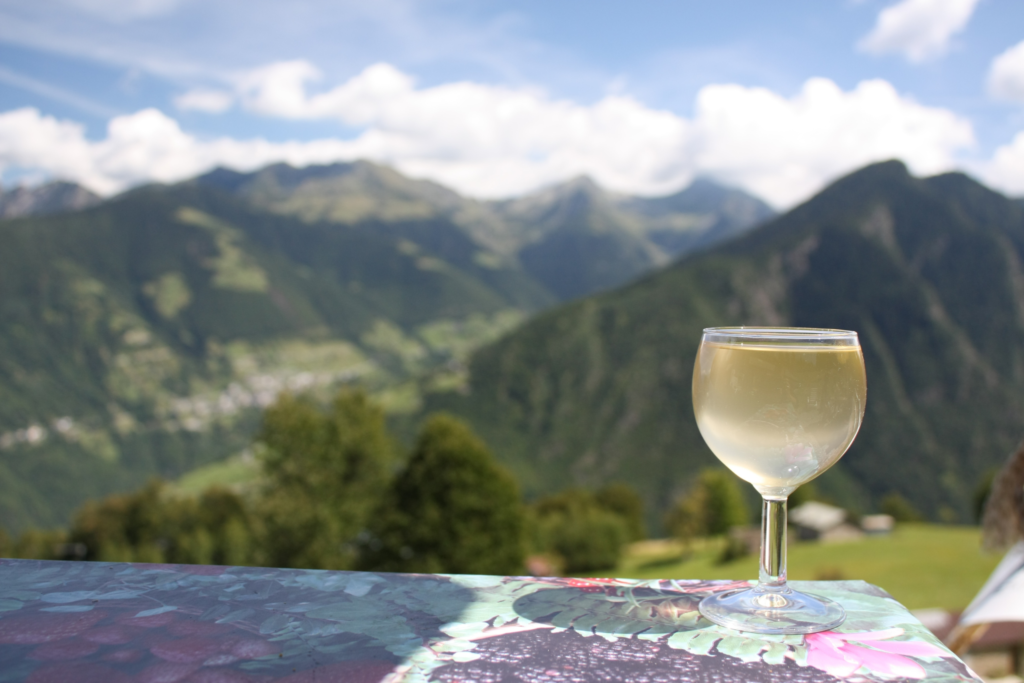
The history of viticulture in the Aosta Valley begins in the Bronze Age, as evidenced by the discovery of grape pips dating back to that time. However, it was the Romans who cultivated the first specialized vineyards for the production of wine. In fact, amphorae, jugs and bottles have been found in places probably used for pressing dating back to the first century A.D. The vine and wine had an important role in the Aosta Valley also in the Middle Ages and in later times, until the plague of the seventeenth century and the frequent transit of troops with the consequent destruction of agricultural land. In the Napoleonic period and during the nineteenth century the area of vines reached its maximum extent, of about 3,000 ha. From the end of the nineteenth century until the middle of the last century there was a downsizing, due to phylloxera, powdery mildew and downy mildew.
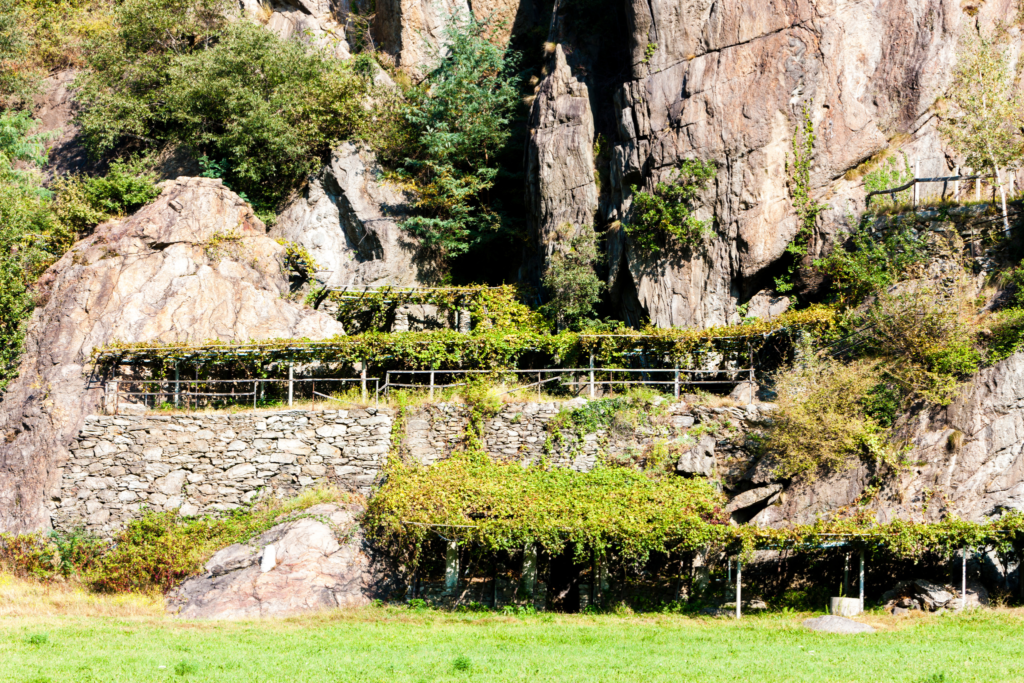
The establishment of the École Pratique d’Agriculture, which became the Institut Agricole Régional in 1982, dates back to the 1950s and was able to disseminate new cultivation techniques, directing wine production towards the search for the quality of wines rather than productivity. In the seventies the first Cooperative Cellars were born, that still play a very important role in the processing of grapes and in the spread of Aosta Valley wines. The improvement of the quality of wines creates a virtuous circle, increasing the appreciation of the market, with an increase in demand, which in turn encourages the creation of new businesses and the growth of existing businesses, stimulating the development of viticulture. Today in the Aosta Valley there are six cooperative wineries and about forty private wineries, many of which are organised in producer groups.
Valle d’Aosta or Vallée d’Aoste DOC
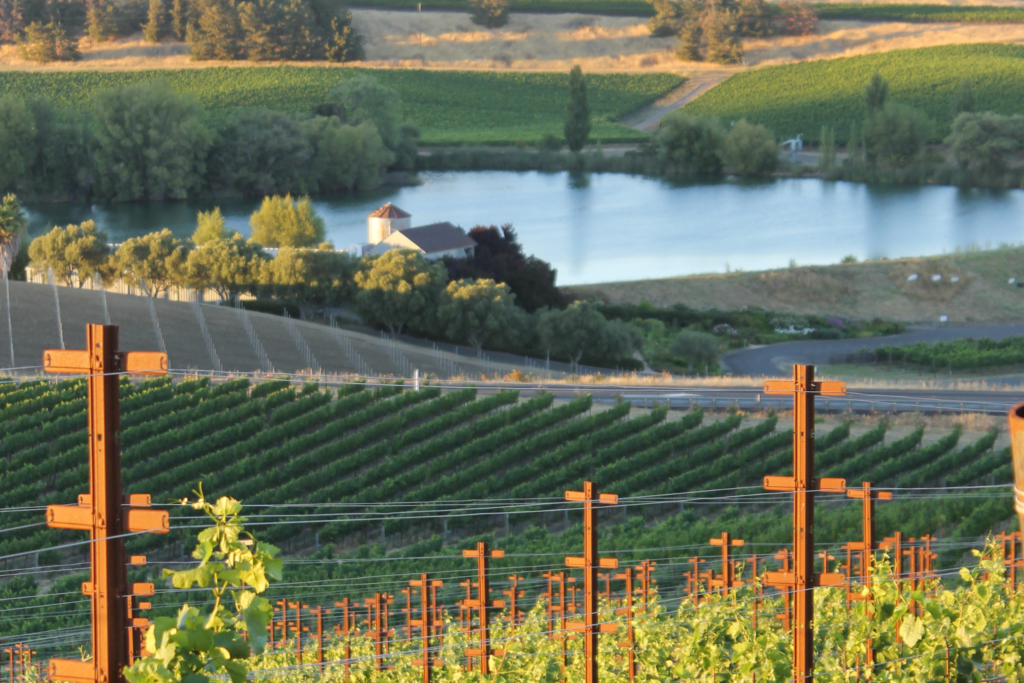
The wine-growing area of the Aosta Valley DOC is identified with the flat valley bottom where the Dora Baltea flows. The orientation of the East-West axis of the Dora Baltea determines the exposure of the slopes of the main valley: one exposed to South “adret” and one exposed to North “envers”. The scarcity of areas suitable for agriculture has led the populations of the Alps to turn their efforts towards the sunny sides of the mountains, creating the construction of imposing terraces.
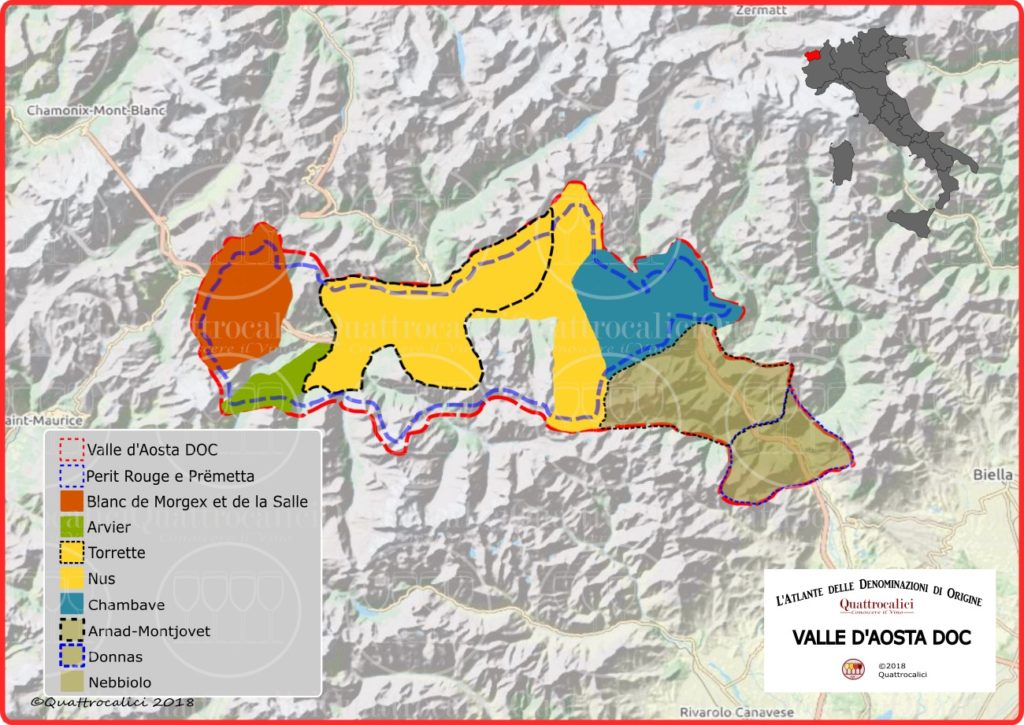
The Aosta Valley DOC Designation of Origin was recognized in 1971 and has undergone changes over time, introducing new varieties, most of which are indigenous. Among the vines suitable for the production of the DOC Valle d’Aosta, 7 are autochthonous (Mayolet, Fumin, Cornalin, Petit rouge, Premetta, Vuillermin and Prié blanc), 2 are traditional (Petite Arvine, Nebbiolo), while the white Muscat is historically cultivated in the area of Chambave. Also for the new plants are maintained the traditional forms of breeding and pruning systems such as to pursue the best and rational provisions on the surfaces of the vine. Often are still used pergolas, structured in such a way as to allow the minimum heat dispersion from the ground and to bear the weight of winter snowfalls.

The red wines of the Aosta Valley DOC have fruity aromas typical of the vines of origin, which in the versions to be aged fade into spicy and balsamic notes. The hues range from the more or less intense ruby of young wines to garnet with orange reflections of the more mature versions of some varieties.The tasting is characterized by moderate acidity, with good structure and with a good persistence of tannins ranging from very soft to slightly bitter, depending on the grape varieties.
The white wines of Valle d’Aosta DOC are characterized by shades ranging from pale yellow with greenish reflections to golden straw; predominate, on the palate, fruity sensations with mineral notes also important, characteristics of loose and light soils. At the nose fruity and floral notes, often very intense, thanks to the strong temperature range that characterizes the environments of cultivation at high altitude. For the sweet and late harvest versions, the fruity notes give way to perceptions of jam and very sharp dried fruit in a context of good complexity with warm notes of alcohol and important and balanced structures at the same time.
Source: Quattrocalici.it 🍷
